Millions make this common mistake every summer – it could kill you
Every year, millions of Australians spend their summer outside with their loved ones, blissfully unaware that one simple mistake could cost them everything.
Cancer
Don't miss out on the headlines from Cancer. Followed categories will be added to My News.
As summer barrels towards us at a startling rate, people are urged to remember the dangers of UV rays, no matter how sunny (or cloudy) it is outside.
Every year, millions of Australians are diagnosed with skin cancer, one of the most common kinds of cancer diagnosed in the country. Two out of three Australians will be diagnosed with skin cancer in their lifetime, yet millions don’t believe it will ever happen to them.
For one Gold Coast woman, a small change in one of the spots was a massive warning sign.
Every six months, Paige goes over the usual moles and freckles dusted over her skin and checks to see if anything looks different.
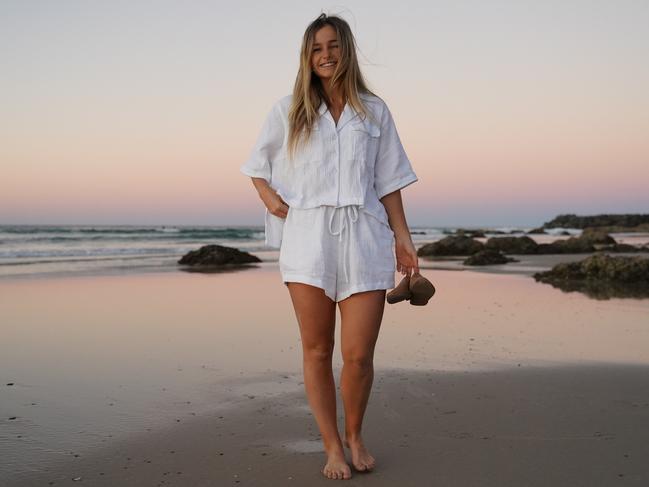
Last year, warning sirens started to ring when she noticed a small mole develop near the underwire of her bra.
“It’s not a place that gets a whole lot of sun,” she told NewsWire.
Unsure of what it was, she visited her local doctor for a check-up and was relieved when she was given the all clear.
However, within the span of five months, her mole started changing in appearance.
“It was double the size”, Paige recalled, and although the mark was still small, her gut told her something was wrong.
Concerned, she returned to the doctor who assured her everything looked “fine for now”, but as months passed, the mole started changing colour.
“It was a typical brown to begin with, then I noticed a little black dot on the inside of the mole itself,” she explained.
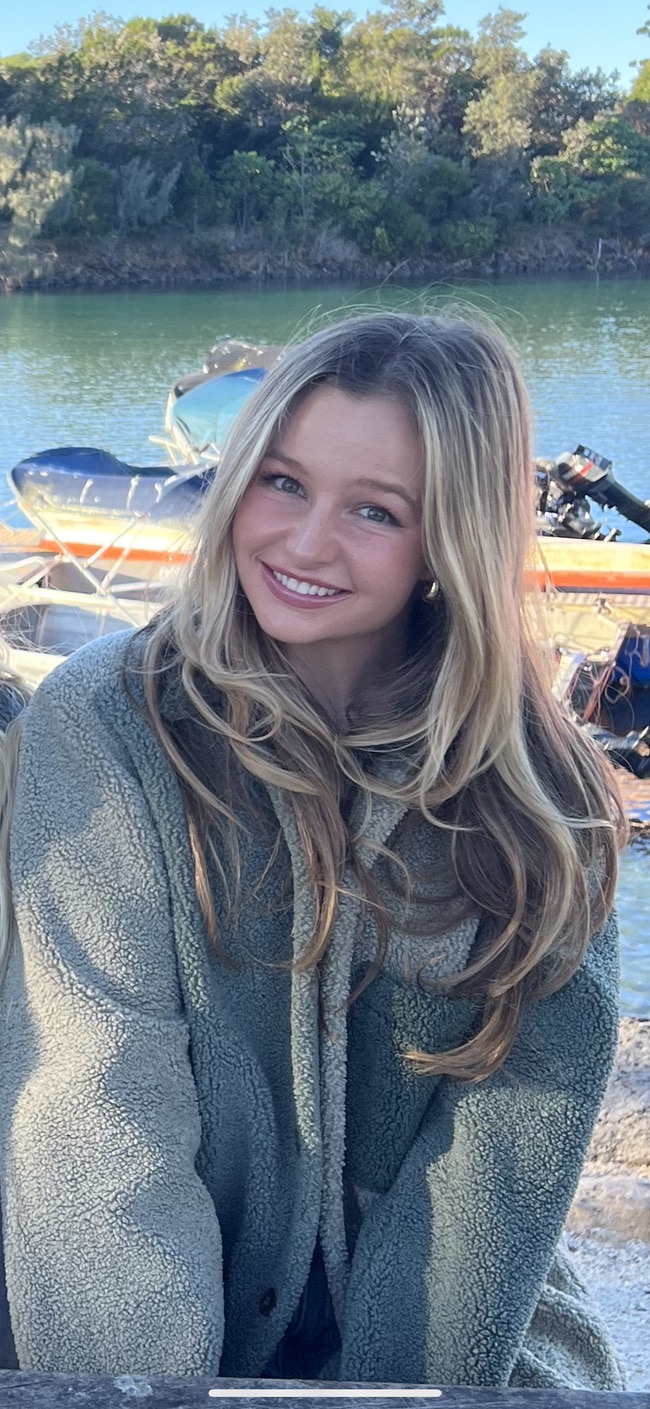
Hardwired to get a check-up every time any of her moles or freckles look different, she was told once again that the changing mole on her body wasn’t anything to worry about, but she still couldn’t shake the “sus” feeling.
A friend encouraged her to seek a second opinion for peace of mind, and two weeks after getting the all clear, Paige visited another doctor who “took one look at it and said, ‘Yep, let’s definitely get it out’.”
Doctors later revealed the mole, which was swiftly removed, was an invasive malignant melanoma that had reached level 3. It was mere millimetres away from entering the rest of her body.
Paige told NewsWire that she was “incredibly lucky” she sought out a second opinion about her mole; the niggling feeling in her gut helped push her towards an early diagnosis.
Unfortunately, not everyone is this lucky.
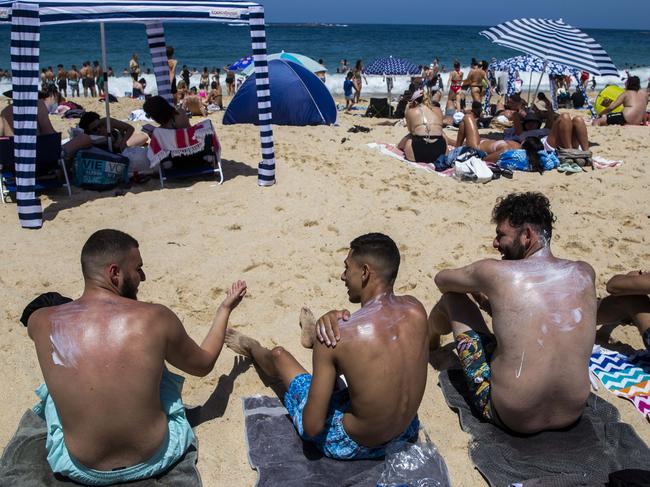
No sun? Big problem
Australia is no stranger to skin cancer; the country has some of the highest rates in the world, with two in three Australians being diagnosed with some form of skin cancer in their lifetime.
Despite this, a new TAL SpotChecker study found that a hefty chunk of Australians are skipping out on sun protection entirely, especially if it’s cloudy outside.
Even if there’s not a speck of sun in the sky, UV levels can still do serious damage to the skin, penetrating its surface and causing cancerous cells to form.
It’s not as if Australians are unaware of the dangers of UV. The data revealed 89 per cent of respondents are aware of the damage UV can do to the skin, though a startling 62 per cent of Australians don’t know how to check the UV index.
Almost half of those who do know how to check the UV index fail to check it regularly, with 70 per cent instead relying on the weather to determine if they should apply sunscreen.
When the sun is hiding behind clouds, a mere 6 per cent will maintain their sun-safe practices.
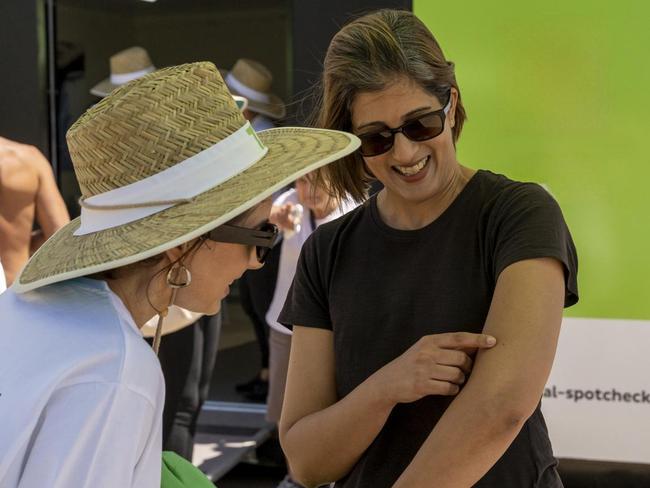
It doesn’t matter how sunny it is outside
TAL Insurance general manager health services Priya Chagan told NewsWire it didn’t matter if the sun wasn’t out, there were still extremely high dangers of UV exposure.
“Based on our research, we’ve found that 72 per cent of Australians equate sunny days with higher UV levels,” she said.
To develop strong sun-safe habits, after checking the weather forecast for the day, Dr Chagan recommends also looking at the UV index. If UV levels are three or above, people need to keep themselves protected – this can be with sunscreen containing an SPF of 50 or higher, wearing sunglasses or a hat and seeking shade.
“In most parts of Australia, UV levels are really high,” she said, adding that while these levels depend on different locations, the average can reach as high as 11 during summer.
“When it’s sunny out, most people will understand the UV levels are high … but when it’s cloudy or rainy, people just assume that it’s safe, and that’s not always the case,” she said.
“With the Bureau of Meteorology forecasting a hot, rainy summer for many parts of Australia – conditions linked to high UV levels – we’re concerned that Australians will be left particularly vulnerable to harmful UV levels due to a lack of proactive, preventive skin safety habits.”
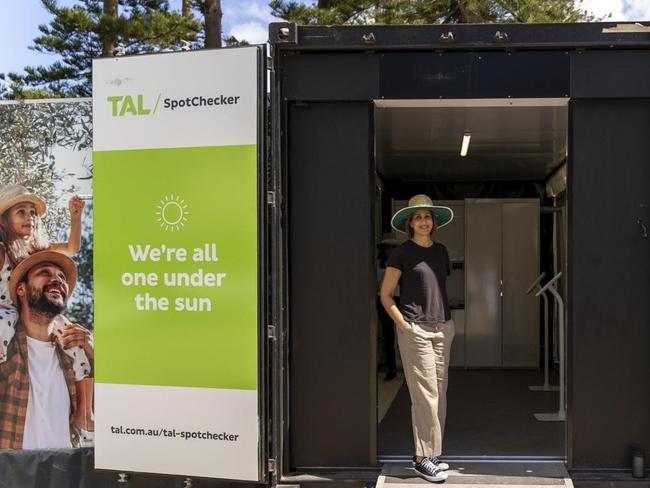
Changes in freckles and spots to watch out for
As skin cancer diagnoses continue to increase across Australia, the Skin Cancer College of Australasia encourages people to perform regular self-scans and refer themselves to a GP or skin doctor if they notice spots or moles that are:
• Sore – A spot that is sore (scaly, itchy, bleeding or tender) and doesn’t heal within six weeks
• Changing – A spot that’s changed in appearance (size, shape, colour or texture)
• Abnormal – A spot that looks different, feels different or stands out when compared to other spots and moles
• New – Any new spots that have recently appeared.
Originally published as Millions make this common mistake every summer – it could kill you


